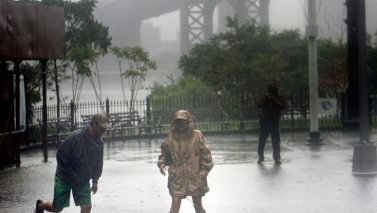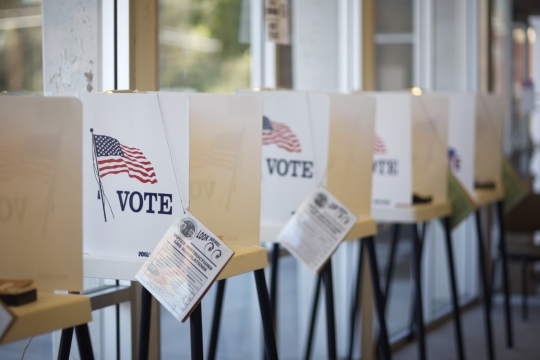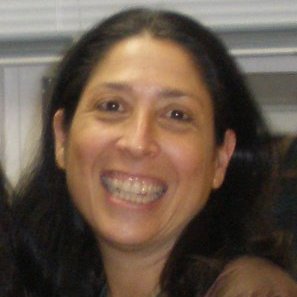
When I was eight years old, at a swim club with my family, a friend of my brother’s thought it would be funny to toss me into the pool. I couldn’t swim. Panic ensued as I tried to paddle my way to the wall, all the while with my nose and mouth dipping below the surface of the water. When I was nine, my mother took me for swim lessons. I hated it. I hated the smell of the chlorine. I hated how the Polyester bathing suit felt against my skin. I hated the chill I felt before I actually got into the pool and I hated the viscosity of the water once I immersed myself. I learned various technical skills, but I never learned to swim with any proficiency. And while I spent my summers as a child at the beach, my ocean skills weren’t much better, having been knocked down by a wave more than once, gulping down enough salt water to raise my blood pressure. For 18 years or so, I have been writing, speaking and teaching about the threat of climate change – the crisis formerly known as global warming – initially as a lay leader, then more formally as the director of the Coalition on the Environment and Jewish Life (COEJL), as well as through other Jewish organizations. It’s always been a hard sell because a) nobody wants to hear about doomsday scenarios b) to do anything about it requires change, which is hard and c) it seems totally disconnected to our “developed” country lives – it’s someone else’s problem. And that’s true. For many years it has been a problem for more vulnerable populations – the poor, indigenous populations and people living on small island nations. Well, guess what? My fellow New Yorkers and I live on an island too! And for anyone who takes the Lexington Avenue subway trains, you know that a heavy rain can cause the East River to surge and flood the FDR causing delays on the 4, 5, and 6 trains. This began to get some serious public attention during the threat of Hurricane Irene this past summer. During Irene, the storm surge was 3.6. According to Columbia University professor Klaus Jacob, one of the nation’s foremost experts on transit and climate change, “Had it been not 3.6 feet but 4.6, we would have been in deep trouble.” In other words, one foot of a difference. According to the article “For Transit Agencies, Climate Change Can Cost Billions“ on NPR’s Transportation Nation, “What the city dodged was the ghost of climate change future — higher sea levels, intense storms, and elevated amounts of precipitation, all of which could combine to cause widespread flooding of the subway system.” The transit infrastructure measures needed to protect us from catastrophic destruction would cost New York’s Metropolitan Transit Authority $15 billion. The MTA is currently $10 million short in funding its current capital campaign. The long-term fix would be to spend this money instead on investing in and producing more sustainable energy to reduce the amount of greenhouse gases in our atmosphere, which are contributing to climate change. But with no funds available, neither may be feasible. The money aside, Americans typically only act after disaster has struck. We’re on a fast track and stopping to take preventive actions would slow us down; many also believe that being forced to make changes to lower our carbon footprint would be infringing on our right to use an abundance of energy as we please. Let’s consider, though, that 5.2 million people ride the NYC subway a day. As stated in the article, a halted subway would almost halt the city’s economy, which, Jacob says produces $4 billion a day in economic activity. Our only hope may be that the almighty dollar will be enough of a wake-up call for us to begin taking action. With this threat looming, I’ve thought that maybe I should once again look into swim lessons, but under these circumstances, even knowing how to keep our heads above water, won’t help much. Let's be pro-active and begin taking action in our homes and congregations before catastrophic events wrought by climate change and abnormal weather patterns occur. Check out Greening Reform Judaism for more resources on how to make your congregation more sustainable and how to integrate environmental values into education and spiritual life. Barbara Lerman-Golomb is a member of the Commission on Social Action of Reform Judaism. She maintains a blog at A Life in Many Small Parts.
Related Posts

The Path Forward on Abortion Resource Guide

The Reform Movement’s 2023 Campaign for Climate Justice


